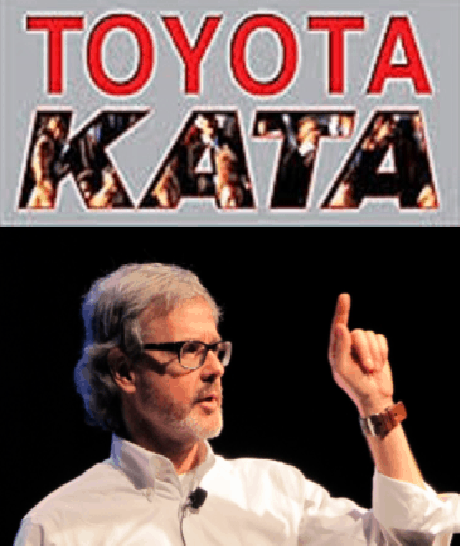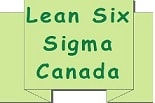Toyota Kata, a management book by Mike Rother (bestselling author of “Learning to See”), explains how Toyota’s continuous improvement can be teachable.

Many companies around the globe studied Toyota Production System (TPS) and tried to adopt it within their organizations. However, after several years of struggle, implementing their version of TPS was often not very successful. So, Mike Rother went back to learn more and to study Toyota and its management approach for a few more years.
Similar to martial arts, where kata (practicing patterned movements) has originated, at Toyota, one of the primary jobs of a team leader, supervisor or manager is to train and develop people so that desired results can be achieved. Kata is used to develop and focus their creative abilities so patterns that are practiced become second nature. In other words, Toyota Kata means practice and mastery through repetition.
The Toyota Kata model philosophy is teaching employees to think and act scientifically and builds a culture where everyone is ready and empowered to be a better problem solver.
“Toyota Kata gets to the essence of how Toyota manages continuous improvement and human ingenuity, through its improvement kata and coaching kata. Mike Rother explains why typical companies fail to understand the core of lean and make limited progress―and what it takes to make it a real part of your culture.” – Jeffrey K. Liker, bestselling author of The Toyota Way
The Improvement Kata is a scientific thinking approach, where the person will be using the scientific thinking and experiment toward the target condition. The Coaching Kata is a way of helping a person develop a scientific thinking approach to improvement .
The Improvement Kata incorporates the Plan-Do-Check-Act (PDCA) cycle. The Kata steps as defined by Rother are: grasp the current situation, define the next target and move towards the next target condition by adjusting, experimenting and testing on how to get there. Therefore, Kata is building new skills on how to address challenges, a routine for improving gradually, by employing consistent practice and scientific thinking in a creative way.
Watch the Introduction to Toyota Kata with Mike Rother. Try the experiment…it is actually amazing how it works.
